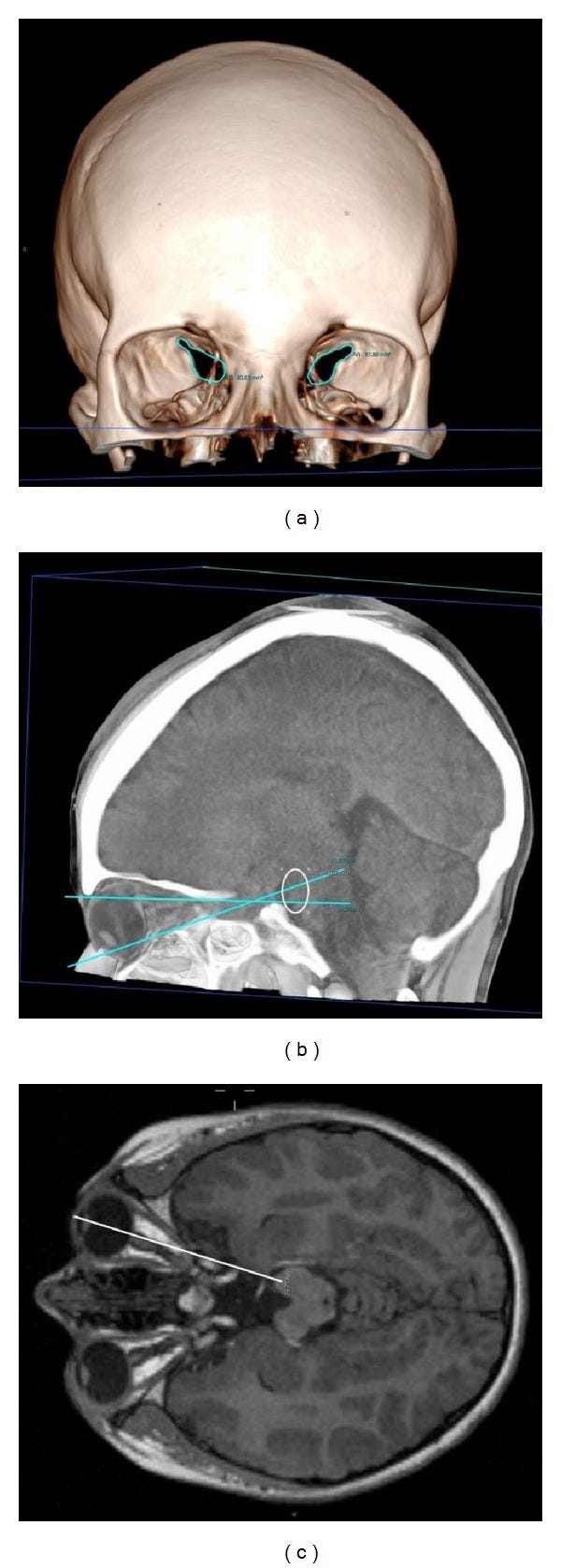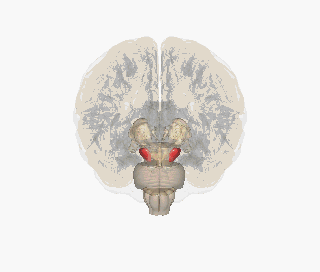“I hate winter,” my little old lady neighbor scowled as I saw her on my morning walk.
This is a retort I hear from many, especially the elderly. They are the product of an indoor generation of “cushy” office workers, who thought that health could be replaced with comfort. Eventually even comfort can become misery if we sit on those chairs too long, watching our Sun Wheel of Fortune pass us by on God’s Big Screen.
Each winter day, as many of us huddle in our robes and bathe in the cold blue light of our smartphones, another Wheel in the Sky keeps on turning. The Sun rises on all of us and doesn’t care to be noticed, however we quickly forget of its existence in our complaining.
We’ve forgotten because we believe that happiness is an all-inclusive resort away from this cold life, the dangerous sun, we’ve been taught to escape. (much of the research on skin cancer only took into account UV light alone, not in combination with full spectrum sunlight) However, research has shown that the Sun has many healing properties, far beyond vitamin D.
Just like food is not only calories, but information in the form of minerals and electrons, the Sun tells our bodies how to operate through frequencies and wavelengths that we cannot see, yet our eyes and brains absorb.
Hope for the Next neurodeGeneration
North America is facing an epidemic of neurodegenerative diseases such as Alzheimer’s and Parkinson’s (PD), which are typically preceded by sleep disorders. We’ve lost the ability to regenerate, so now we degenerate. For most of humanity’s existence, winter was our time to rest and rejuvenate our minds and bodies. We would sleep more, eat less, and sit by the fire to calm our nerves. Now we sleep less, eat more, and sit by an electric fire of blue screens, which destroy our melatonin and increase our stress hormones.
The darkest corner of your brain needs light
The answer lies in us surrendering to our ancestral past. Recent research proves this. The substantia nigra of our brains has neuromelanin1, a pigment that helps mop up toxins, and degrades rapidly in those with PD. A 2014 and 2017 study showed how bright light therapy could be used to stimulate this part of the brain.2 3

Specifically, the infrared wavelength of 709nm (nanometers) was shown to penetrate into the midbrain, where neuromelanin is synthesized. 4 This same infrared spectrum is present in 42% of sunlight, and shines even through the clouds on the darkest of winter days.
“A study5 on rats was able to measure the amount of light reaching the mesencephalon (the midbrain, which houses the substantia nigra) when light was shone on the eyes. They observed a sharp peak at around seven hundred ten nanometers, which is in the range of infrared light. It is likely that sunlight stimulates the synthesis of neuromelanin, just as it stimulates the synthesis of melanin in the skin. The neuromelanin then likely protects the dopaminergic neurons from oxidative damage by mopping up free radicals.”
- Stephanie Seneff, Ph.D.
In another study, participants with PD were shown to have lower levels of vitamin D in their blood. Notably, these vitamin D levels were obtained not through supplementation, but through sun exposure.6
To further exacerbate neurodegeneration, PD patients are given dopamine medication, which affects their natural circadian rhythm as dopamine delays secretion of the sleep hormone and master antioxidant melatonin.

Many PD patients lose the wakefulness they would typically have in the morning when dopamine levels are highest, as the drugs disrupt the natural rhythm and sensitivity of dopaminergic receptors of the brain.7
The comfort that many of us have sought in our lives has become the enemy of our rhythm. For many, life is a humdrum predicable tune with no melody, and no variation. Our dynamism has been levelled off in the interests of comfortable oblivion.
However the light never fades…IT only waits.
We are meant to experience the energetic, albeit even drastic changes of each season as we embrace the challenge of the light. We can only feel the warmth of the Sun and absorb its unseen, healing infrared rays if we brave the elements that we’ve always known.
Our biology and our Sky persist in their heavenly reminder.
The snow angels are calling…come play.
Why not start today?
You are more powerful than you know.
Roman & Bohdanna
Consider becoming a paid subscriber!
You’ll have access to our monthly Q&A webinars, + more tools to help you navigate this wacky wireless world:
Listen to our podcast - The Power Couple
We discuss how we:
Power ON with light
Power OFF our devices
Power thru our days with relationships that all start with - YOU.
New episodes each Friday:
Haining RL, Achat-Mendes C. Neuromelanin, one of the most overlooked molecules in modern medicine, is not a spectator. Neural Regen Res 2017;12(3):372-5
Rutten S, Vriend C, van den Heuvel OA, et al. Bright light therapy in Parkinson’s disease: an overview of the background and evidence. Parkinsons Dis 2012;2012:767105
https://www.ncbi.nlm.nih.gov/pmc/articles/PMC5066074/
Romeo S, Di Camillo D, Spendiani A, et al. Eyes as gateways for environmental light to the substantia nigra: relevance in Parkinson’s disease. ScientificWorldJournal 2014;2014:317879.
DOI: 10.1155/2014/317879
Wang J, Yang D, Yu Y, Shao G, Wang Q. Vitamin D and sunlight exposure in newly-diagnosed Parkinson’s disease. Nutrients 2016;8(3):142.








Very interesting. People with PD are also told to stay out of the sun because they are supposed to have an increase risk of melanoma. I was looking into the melanin-dopamine link just last week [we are having our week of high summer in the UK], but hadm't considered that it could penetrate and make more neuromelanin....
So helpful, as I have a friend diagnosed last year with PD. Saw her Saturday for dinner, and hand tremors now are obvious. Thank you for your work.